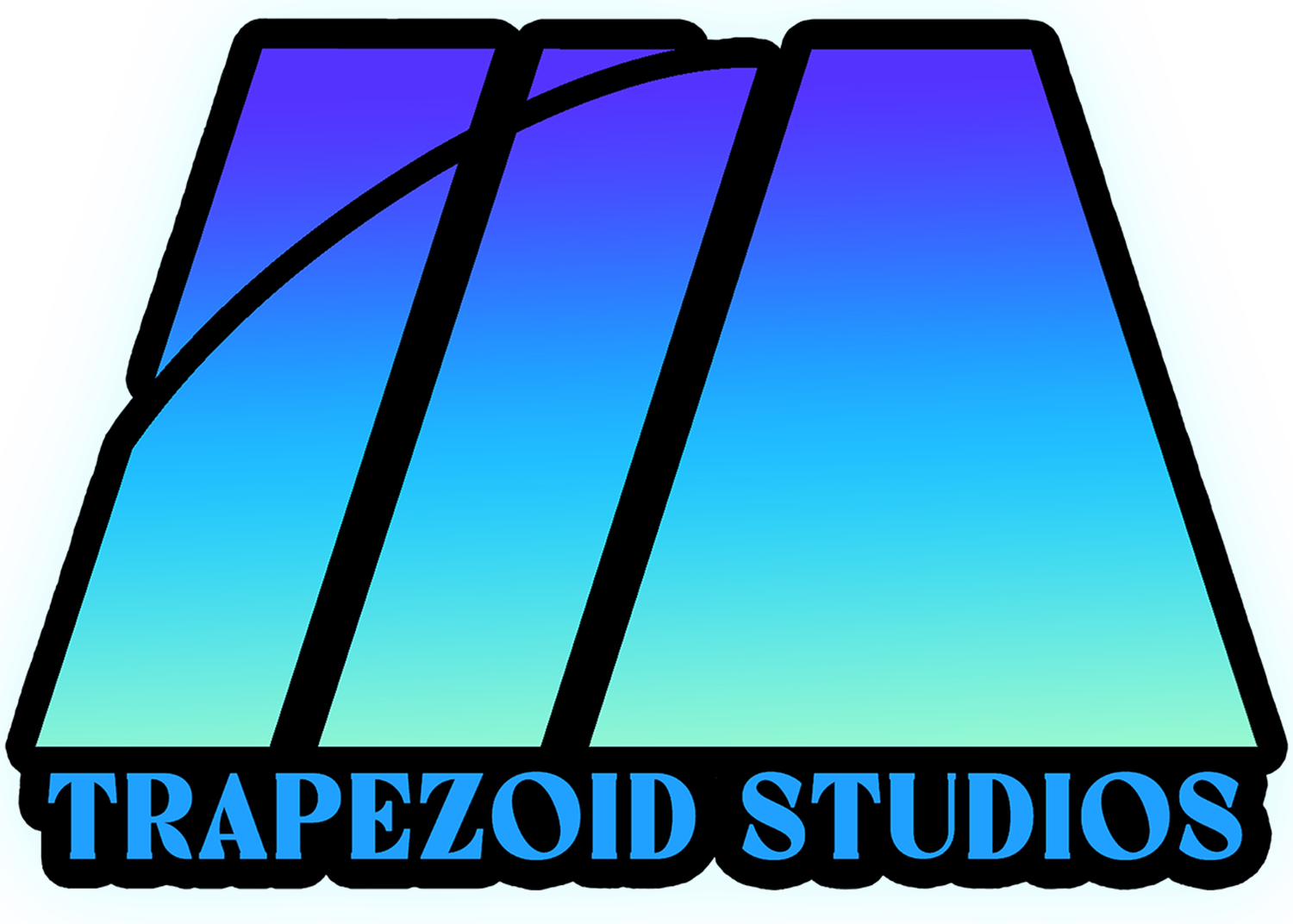5 Films That Shaped My Vision as a Storyteller
As I reflect on my journey as a filmmaker, I'm reminded of the power of cinema to inspire, educate, and challenge our perspectives. For me, five films stand out for their profound impact on my understanding of storytelling, style, and the art of cinema. These films not only resonated with me on a personal level but also influenced my approach to storytelling, encouraging me to experiment, take risks, and push boundaries.
1. Do the Right Thing (1989)
My first encounter with Spike Lee's masterpiece was as a kid, watching bits and pieces on TV. I didn't fully appreciate its genius until film school, when I saw it again in its entirety. This time, it blew my mind. It was remarkable authentic and yet highly stylized. The use of Public Enemy's music as a narrative tool, the vivid characters, and the block itself as a living entity all resonated deeply. I loved how Lee's innovative style, including double action across the cut and direct address, broke the fourth wall and drew me into the world of the film. His exploration of themes like racial tension, identity, and community sparked important conversations and reflections. I realized that storytelling could be a powerful tool for social commentary and change. Lee's film is a time capsule of Brooklyn's black community, tackling themes that remain pressing today. As I delved deeper into the film, I appreciated how Lee's unique approach inspired me to seek my own voice and style. The best stories to tell are the ones we know.
2. The Birds (1963)
Alfred Hitchcock's classic was a childhood favorite, but it wasn't until I studied his films in depth that I grasped its mastery. I remember watching it multiple times as a kid, mesmerized by the suspense and eerie atmosphere. Later, in film school, I analyzed it from a technical standpoint, marveling at Hitchcock's use of sound design, sans music, to build tension. The deliberate structuring of scenes, the use of parameters, and the rhyming shots all demonstrated his innovative approach to storytelling. This film really opened the door to Hitchcock for me, who I became obsessed with, watching every single film he ever made, going all the way back to The Lodger (1927). So many of his films impacted me and really shaped me as an editor as well. Hitchcock's experimentation with cinematic tools and his ability to balance style with storytelling have influenced me greatly, particularly in my work as an editor. I recall spending hours pouring over analyses and writing my own, trying to unravel the secrets of Hitchcock's craft.
3. Sunset Boulevard (1950)
Billy Wilder's film noir masterpiece drew me in with its haunting portrayal of Hollywood's golden age. I saw it when I was maybe 20 years old, and it captivated me with its post-war atmosphere and Gloria Swanson's haunting performance. The film's exploration of the human condition, set against the backdrop of a bygone era, has stayed with me. As I began to learn about the history of cinema and the transition from silent pictures to "talkies," this film dropped me into that world, and I was hooked. I became fascinated with the genre of film noir, with its low-key lighting, black-and-white aesthetic, and themes of morality and redemption. Sunset Boulevard remains one of my favorite films, a timeless classic that continues to inspire me.
4. In the Mood for Love (2000)
Wong Kar-wai's lush romance enchanted me with its stylized cinematography, long takes, and themes of repressed desire. I saw it in a world cinema class in film school, and it opened doors to art house and foreign cinema. The slow motion shots, accompanied by the score, are forever etched in my memory. I recall being transported to 1960s Hong Kong, immersed in the world of the film. Kar-wai's use of framing, composition, and color palette influenced my approach to visual storytelling and appeciation for pushing the boundaries of narrative and style.
5. Breathless (1960)
Jean-Luc Godard's French New Wave classic struck a chord during my summer studies in Paris. I had seen it before, but this time, surrounded by the city's cinematic history, it resonated deeper. Godard's meandering scenes, prioritizing character development over plot, revolutionized my approach to dialogue and storytelling. The shots of the couple riding through Paris, filmed from the backseat and edited with a series of jump cuts, redefined my understanding of editing and cinematic intimacy. I spent hours exploring the streets of Paris, inspired by Godard's innovative style and the city's cinematic legacy. Breathless encouraged me to embrace the beauty of cinematic chaos.
These five films have not only shaped my vision as a filmmaker, editor, and sound designer, but also continue to influence my approach to storytelling, style, and the art of cinema. They remind me of the power of cinema to inspire, educate, and challenge our perspectives, and I return to them often, finding new insights and inspiration.






























